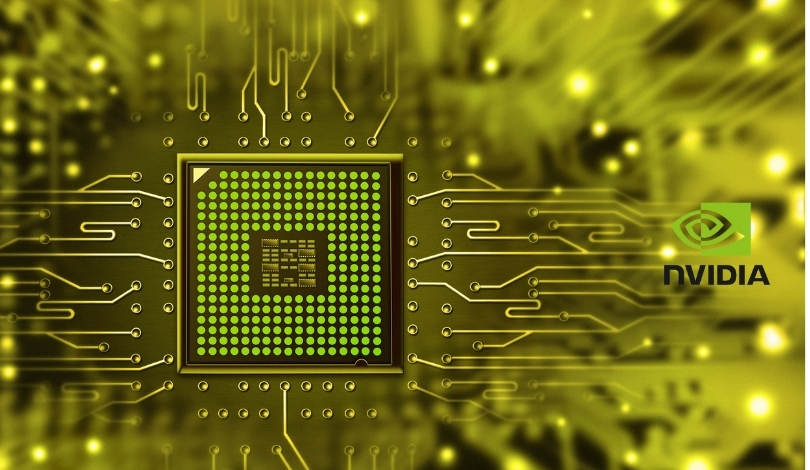Training robots to handle new tasks typically requires extensive data collection and labeling in each unique environment, creating significant bottlenecks for industry adoption. NVIDIA has introduced research-driven workflows leveraging generative AI, world foundation models—including the Cosmos model—and synthetic data pipelines such as DreamGen and DreamGen Bench to address this challenge. These innovations underpin blueprints like NVIDIA Isaac GR00T-Dreams, offering scalable synthetic data generation to facilitate generalist robot learning. Several industries are exploring these methods to accelerate development, reflecting wider interest in reducing manual training loads for robots and unlocking greater adaptability. Notably, organizations in manufacturing and automation are looking to these models for practical, large-scale deployment.
Recent analyses from earlier news sources emphasized the importance of bridging the “sim-to-real” gap in robotics, mainly relying on simulation refinement and extensive manual data collection. While previous approaches focused on incremental enhancements and custom robot training, NVIDIA’s latest research adopts a holistic system for scalable synthetic data generation. The company expands synthetic training beyond simple simulation, integrating multimodal world models and automated extraction of action trajectories. This contrasts with earlier robotics workflows that were often limited to task-specific environments and constrained by available annotated datasets, marking a notable shift in the sector’s research agenda.
How Do World Foundation Models Streamline Robotics?
World foundation models, such as NVIDIA Cosmos, are trained on vast collections of real-world data to enable robots to anticipate future scenarios. These models can generate plausible video sequences and predict outcomes from a single visual input, supporting synthetic data pipelines that produce varied and photorealistic training material. As described by NVIDIA, this synthetic data reduces development timelines, offering substantial efficiency gains for training versatile robotic systems.
What Makes DreamGen and DreamGen Bench Pivotal?
The DreamGen pipeline addresses high data acquisition costs by post-training world models on limited real demonstrations, then synthesizing diverse robot action videos based on visual and text prompts. Leveraging latent action models, DreamGen extracts neural trajectories to inform robot policy learning. DreamGen Bench, in turn, benchmarks the realism and instruction-following precision of synthetic data generated by top world foundation models—including NVIDIA Cosmos and WAN 2.1—to assess their alignment with physical laws and task directives. Performance data indicates that higher scores on the DreamGen Bench correlate with improved robot capability in practical manipulation tasks.
How Are These Innovations Impacting Development Workflows?
NVIDIA’s Isaac GR00T-Dreams, built upon the DreamGen pipeline, provides a structured workflow for producing synthetic robot trajectory datasets. This framework incorporates models like Cosmos Predict2 and Cosmos Reason, which blend image-based predictions with language-guided responses. Vision-language-action models, including GR00T N1 and its update GR00T N1.5, harness these datasets to learn generalist skills efficiently. By using unsupervised pretraining methods—such as latent action pretraining from videos—and combining simulated with real-world data in sim-and-real co-training workflows, robots acquire stronger generalization and adaptability.
Beyond its own research, NVIDIA reports adoption of these workflows by companies including AeiRobot, Foxlink, Lightwheel, and NEURA Robotics, each seeking to streamline complex task learning in various industrial and household settings. According to NVIDIA, “
NVIDIA’s world foundation models enable robots to adapt to unseen situations with less human input.
” In another statement, a company representative noted, “
Accelerating development time with synthetic data generation is key for industry-scale deployment of generalist robots.
”
NVIDIA’s introduction of scalable synthetic data pipelines and multimodal world models marks a significant reorientation in robotics research and application. While traditional methods struggled with data scarcity and transferability to real-world tasks, the present approach combines synthetic, simulated, and genuine demonstrations for comprehensive and rapid robot training. Evaluation benchmarks such as DreamGen Bench help validate the quality of the generated data. Companies considering these tools should note potential shifts in workforce needs, training requirements, and maintenance models as robots become more versatile. Addressing current limitations, such as fine-tuning models for domain-specific tasks and ensuring physical safety in deployment, will be essential as ecosystem adoption grows.










